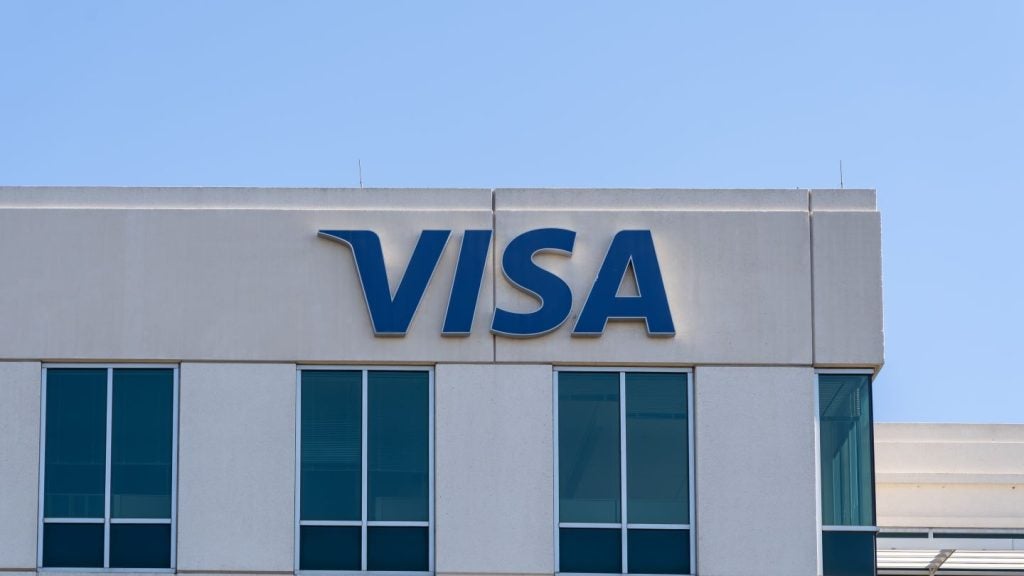
The industry’s efforts to promote innovation are not always successful. Technologies such as contactless payments are experiencing a slower-than-expected take off and the real opportunity may lie somewhere else. Sara Perria asks whether the time has come to review expectations on what is going to be the next game-changer
The most spoken-about technologies of the past years could already face an early retirement. The reason is easy: payment solutions such as NFC and digital wallets may not generate as much profit as expected.
Many have started casting doubts on the long-term life of contactless payments, due to the slow pace of adoption. Merchants are reluctant and users struggle to see the advantages. At the same time, start-ups and banks are continuing to invest in this type of technology, showing it is not ready to be simply phased out.
Time will tell whether those forecasting dark clouds on the horizon are wrong, but a jury of experts from the payments industry has already given its verdict. Their analysis is the subject of the Payments Innovation Jury Report 2013, by payment solution provider Ixaris and consultancy firm Anthemis Group.
The 25-member jury represented 13 countries and five continents. All members held leadership roles at major organisations in payments such as global banks, major processors, international card schemes and technology firms. All are still directly involved with payments innovation. The Jury has been kept anonymous.
Seeking profitability
One of the objectives of the report was to establish which new payments solutions will be the most profitable over the next five years.
Virtual and online payments were flagged as the winning choice, immediately followed by cross-border remittance services.
The reason is that movement of retail payments from the face to face environment to online has become a ‘mega trend’. Profits can be generated as online commerce is still a growing sector where both consumers and merchants need better services.
The forecast is that consolidated services will appear for online payments that challenge pricing and loyalty to incumbent providers.
In the case of cross-border remittances, banks and the traditional money transfer organisations are considered not to offer consumers or small businesses a good service and therefore new providers have the potential to make good profits.
On the contrary, the panel’s opinion is that digital wallets and contactless payments are less likely to generate profits. The problem highlighted is that to become a healthy business, NFC requires mass adoption, which is not happening. Retailers find it expensive and the advantage for consumers is still not clear enough.
The report notes that any payments innovation that relies on major changes of consumer behaviour will take a long time to be profitable. However, this runs counter to the high of level of interest and publicity that companies operating in the sector currently attract.
One of the anonymous comments states that it is hard to see how banks will make any money out of contactless and wallets: "If anything, they will increase their costs. But the suppliers and processors will probably make money."
This designs a possible scenario in which the digital wallet appeal will subside in 2013 and make way for more potentially profitable innovations.
Who will drive innovation?
If virtual online payments and remittances are seen as the most promising areas, the next question is: who will be best at driving this innovation?
According to the responses given by the selected panel of experts participating to the survey, ‘new market entrants’ are best at driving payments innovation, with nearly 70% of respondents holding this view. These findings mirror responses from the 2008 and 2010 reports.
If this may sound obvious, ‘new market entrants’ are defined as new banks with entirely novel business models, such as Simple or Movenbank in the US, and Fidor Bank in Germany. Companies providing specific niche services such as Zopla for consumer P2P loans, or Square for mobile-based card acquiring, are another example.
Technology giants such as Apple, Google and Amazon have also become important stakeholders in the payments space.
We are speaking of vast customer bases, immense data-driven insights and robust infrastructures, all of which makes them well placed to be successful in the payments sector, the report stresses,
In this sense, incumbents such as the established retail banks, payments processors and card schemes could turn out not to be the most effective at driving innovation, despite heavy investments.
Legacy infrastructures, less-flexible business models, and "a narrow-minded focus and against this background" makes it difficult to innovate successfully, says the report. Not to mention the fact that banks have to deal with major issues, from regulation to liquidity ratios, that limit the possibility to invest.
"The international card schemes throw huge amounts of money into innovation but very rarely succeed. So it’s clearly not just about who has the biggest budget," the Payments Innovation Jury Report 2013 states.
Technology trends
The last report was published two years ago and since then there has been a major change, namely the mass adoption of tablets and smartphones.
New technology trends revolve precisely around these new tools.
"Smartphones have profoundly shifted the consumer desire for mobility which in turn will put pressure on financial institutions’ reliance on ‘old infrastructure’ such as delayed settlement systems," is one of the comments reported.
Open platforms (APIs) are also considered as central in driving innovation in payments.
According to the opinions gathered in the report, the Facebook-era has enabled APIs to be extended to a wide range of payments types, opening up possibilities for many companies at a mere fraction of the cost of developing a proprietary system from scratch.
APIs offer the potential of gathering a huge amount of data that, if used wisely, can become the base to generate promotions and therefore loyalty.
The conclusion is that, although, still at its infancy, open APIs are a huge enabler of innovation. The first open APIs payment gateways for e-commerce have created a commercial revolution. The payments experts agree on the fact that the extension of open APIs to other payment capabilities, such as money transmission, will have a similarly deep impact on the range of payment services worldwide.
Where to invest
The principle aim of analysis of industry trends is to understand where stakeholders should invest across current account/debit, credit/lending, prepaid/prefunded accounts and commercial/B2B payments.
The answer is straightforward: prepaid. Respondents believe that prepaid accounts will see the greatest investment in innovation out of all payments types in the next five years. Physical and virtual prepaid cards have seen an explosion in use by both consumers and businesses in the last few years and this trend is set to continue.
Virtual prepaid cards in particular are seen to have enormous potential for a range of industries for which traditional invoicing and settlement, or credit card based infrastructures, are deemed inadequate.
The jury sees a complementary payment type – business-to-business or commercial payments – to attract significant investment over the coming years as businesses become increasingly frustrated with outmoded payment types provided by the traditional channels.
"Prepaid accounts will have more innovation because they are practically the only vehicle available to non-banks. And non-banks are driving innovation," is the belief of the panel.
As a result, most start ups and innovative vendors are including a prepaid-account in their product, at least a s a component, when not as the whole proposition.
The geography of innovation
When it comes to innovation, market trends can be better understood by identifying where the innovation is taking place.
While many innovators are headquartered in the old continent or – when it comes to giants such as Google and Amazon – in the US, most of them do not want to operate in established economies, but in the emerging ones.
M-Pesa offers the obvious example but there is much more than this. Paradoxically, disadvantaged environments have proven more likely to foster innovation. A large unbanked population has made it possible to generate the Kenya mobile payments boom.
In emerging – or recently emerged – economies such as India, a high level of illiteracy could underpin the growth of biometric technology, redoundant in the the Western world.
The Jury flags emerging economies as the hotbeds for payments innovation over the next two years with Asia in top place followed closely by Africa, North America and Latin America.
A common reason cited by the Jury for these findings is that the emerging economies are not lumbered with existing payments infrastructures which are difficult to build on. Their reasoning is that it is easier to build up a payments infrastructure from scratch.
The developed economies are considered to see comparatively little payments innovation, particularly Europe, due to the stranglehold of regulation, a fragmented payments landscape and the overhang of the banking crisis. It is ironic to see Europe remain at the bottom of the pile (the same position as 2010) despite the very real efforts that many have made to drive innovation over the past 2 years.
"It is hard to change existing platforms. So more developed countries have bigger challenges innovating," one of the jury’s comments concluded.







